One of the most prominent requirements of the Fair Credit Reporting Act or FCRA is that consumer reporting agencies must use procedures that ensure maximum possible accuracy. To do this, they must use numerous personal identifiable information data elements to establish a high degree of confidence that they have reported data for the correct person in their background screening process.
However, recently the Bureau of Consumer Financial Protection (BCFP) released an advisory to shine a light on the industry-wide issue regarding discrepancies in reporting because of inadequate matching procedures. These inaccuracies have become rather frequent over the past decade.
Rising Inaccuracies in Consumer Reports
Ten years ago, the Federal Trade Commission (FTC) released that one in five consumers who participated in their National Study of Credit Report Accuracy had an error on at least one of their three nationwide credit reports.
The BCFB reported that the majority of consumer complaints received were regarding incorrect information on the individual’s report. In fact, in 2020 alone, companies received over 191,000 such complaints.
This is surprising because the information reported on individuals by consumer reporting agencies must be appropriately assigned, or “matched” to the individual undergoing the background screening using public data. Imprecisions in these reports can sometimes be attributed to mistakes made during the matching process.
The Importance of Using Personal Identifiable Information
The BCFP and the Federal Trade Commission are in agreement that consumer reporting agencies must employ procedures that provide maximum possible accuracy to be in compliance with the FCRA. This means they must seek out critical personal identifiable information or PII to help match an individual with people data.
If you’re wondering what PII is, it’s simply any information that can uniquely identify people and separate them from others. When used together, like name, date of birth, and address, you’re likely to pinpoint the one and only individual that matches these data points. Let’s look at an example.
Introducing James Smith
There are over 5.5 million people in the United States with the first name James and almost 3 million people with the last name Smith. Want to guess how many people are named James Smith? 49,203 people in the US share the name, James Smith.
However, as we dive deeper, and add in James Smith’s date of birth on March 15, 1982, you may end up with only 10 matches. Then when you factor in James Smith, born on March 15, 1982, lives at 1234 Maple Drive, Knoxville, TN, you’ve finally found your one and only James Smith!

Due to the commonality of identical first and last name combinations across the nation, it is understandable that using additional qualified personal identifiers decreases the likelihood of false matches and unreliable results.
Key Identity Verification PII for Complete Background Screenings
When trying to confirm someone’s identity and matching records, you’ll want to include as many personal identifiers as possible as it cuts down on erroneous matches.
The 10 top personal identifiers that can assist in identity verification, include:
- Names or alternate aliases – a middle name can be especially valuable!
- Current & previous addresses
- Date of birth (DOB)
- Telephone numbers
- Email addresses
- Social Security Numbers
- Passport numbers
- Driver’s license numbers or vehicle identifiers and serial numbers, including license plate numbers
- Biometric identifiers, including finger and voiceprints
- Full-face photographic images and any comparable images
While an individual’s full name is one of the most important personal identifiers, their date of birth follows as a close second.
Fortunately, DOBs are available in most jurisdictions’ repositories at the state court level. However, they are unavailable in the federal court record-keeping system (PACER). This makes searching for other PII even more critical at the federal level.
What happens when you don’t use sufficient PII?
The Professional Background Screening Association (PBSA) listed the following as examples of major federal crimes that can either be unintentionally missed or incorrectly flagged due to erroneous matching processes:
- Identity theft
- Terroristic threats
- Drug trafficking
- Kidnapping
- Embezzlement
- Weapon offenses
- Bomb threats
- Financial crimes
- Wire fraud
- Cybercrimes
Alternatively, on the candidate’s side – a false report can affect an individual’s access to credit or optimal insurance rates, and even result in a lost job or potential housing opportunity.
Since these decisions are highly impactful on monumental life milestones, it is pertinent that consumer reporting agencies feel confident in the data they are utilizing. This is particularly important now, after the pandemic and the Great Resignation when the demand for hiring talent is high and the pressure for faster turnaround times has increased on top of all of the evolving regulations.
How to Find Crucial PII for Background Checks
Recent trends show states redacting personal identifiers, like dates of birth, before releasing information publicly. This is making it harder to find qualified identifiers, which are crucial for accurate identification.
Due to these policies, complete people data in states like California and Michigan are becoming increasingly harder to retrieve. This is why it is exponentially more important than ever to gather all the personal identifier information available through full-scope searches.
Understanding Full-Scope Background Searches
Fortunately, today there are a variety of research methods and products accessible to aid in the background research process. One of the best resources is to turn to a people data vendor. These vendors can supply records through traditional retrieval, such as court runners, or through innovative technology that empowers automated retrieval.
From there, CRAs have the ability to choose what kind of information they want to search and the vendors will assist in delivering the associated records for the data they need.
There are a variety of different people data searches that can be performed for a full-scope background screening. The common types generally include:
- Alias and address history: Search an individual’s previous aliases and residential addresses.
- Criminal database: Search previous federal, state, or county courts for criminal information.
- Criminal court records: Search current federal, state, or county courts for criminal records, warrants, and arrests in a selected jurisdiction (typically the state or county the individual lives or has lived in).
- Continuous monitoring: Run ongoing searches at a set cadence to find the most recent criminal information for consistent risk management.
Searching the Various Types of People Data
Using the above searches and numerous other product and service offerings, CRAs are able to collect all the background data required. This includes a wide range of data from driver history, civil, and eviction history to sex offender registries and security watch lists.
Leveraging several streams of data and search types, background screeners are able to find the fundamental personal identifiers required to pull together a background screening.
Innovative Approaches to Obtain Comprehensive Background Records
The most important takeaway for consumer reporting agencies is to leverage a plethora of personal identifiers and people-data solutions to help ensure validity and precision within their final reports.
Researchers must look for additional elements, both qualifying and disqualifying, to work towards the maximum possible accuracy standard required by FCRA.
Using innovative ideas like engaging with the court or niche data vendors to confirm non-public information or asking the candidate to validate or supply additional information on any court record will assist in building and confirming a comprehensive background screening report.
After all, it is the CRAs responsibility to know what data is available, stay up-to-date with data sources and regulations, and pay attention to information that is included in the court-level details.
It is valuable to remember that invalid data can be as erroneous and detrimental as missing information. Collecting all relevant, accessible data with as much PII as possible helps narrow the gap where fallacious background information can seep through the cracks.
It’s time to win the game of Personal Identifiers.
Background screeners cannot feel confident in their decisions unless they have all of the information. To provide a well-rounded background check, create a research flow process that consists of conducting several types of criminal and personal information searches.
Start with an Alias & Address history search, move on to a Criminal Database search, and then dive deeper in each relevant county with an Automated Criminal Records search. You’ll find the information you need, along with additional PII with every search!




